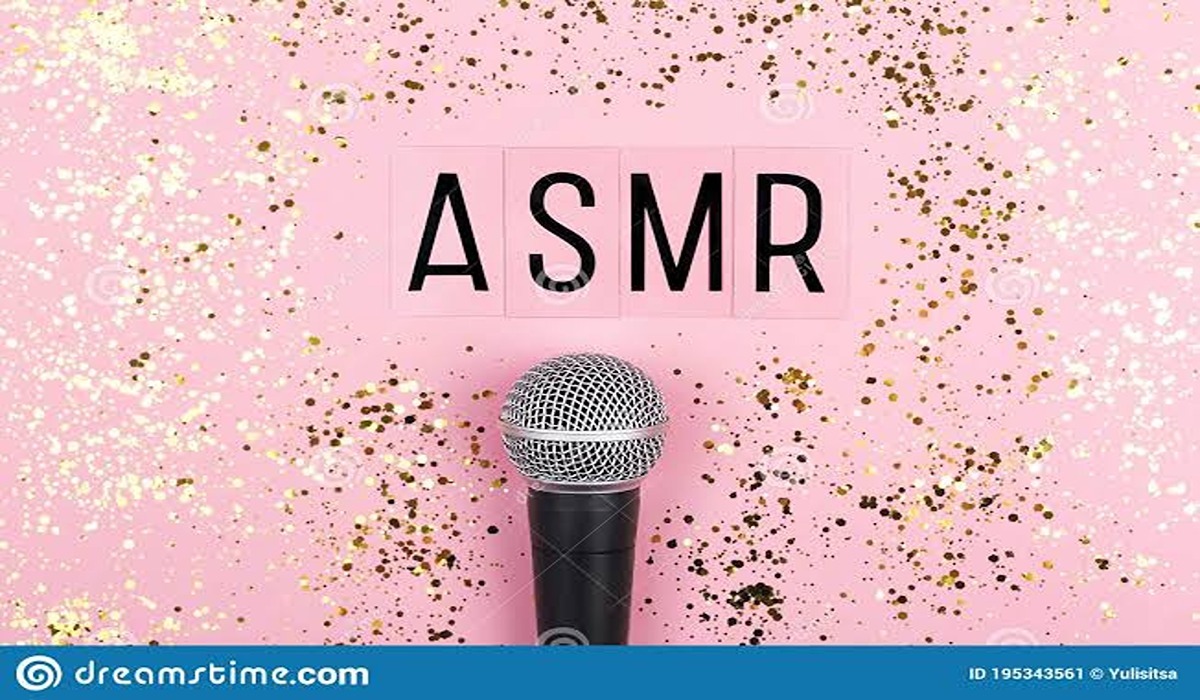Have you ever experienced a tingling sensation that starts on the back of your neck and moves through your scalp? This is the phenomenon known as ASMR, and it’s becoming increasingly popular in today’s world. In this blog article, we’ll explore what ASMR is, how it works, and the potential benefits it can provide. Read on to learn more about this fascinating topic!

What is ASMR?
ASMR stands for Autonomous Sensory Meridian Response, and it is a unique physical sensation that some individuals experience when exposed to certain audio or visual stimuli. It is often described as a tingling feeling that starts on the back of the neck and moves up through the scalp, but it can also manifest in other areas of the body.
ASMR is thought to be triggered by repetitive sounds such as whispering or tapping, as well as visual cues such as hand movements or facial expressions. The exact mechanisms behind this phenomenon are not yet fully understood, but research suggests that it may be related to an increase in endorphin production and improved mood regulation.
With its potential to reduce stress levels and promote relaxation, ASMR has become increasingly popular in recent years.
Benefits of ASMR
One of the most significant benefits of ASMR is its ability to reduce stress and anxiety levels. Many people who experience ASMR report feeling relaxed and more at ease after listening to certain triggers such as whispering or tapping sounds. This can be especially helpful for those who suffer from chronic stress or anxiety as it provides an effective way to manage their symptoms without resorting to medication.
ASMR has also been found to help improve sleep quality for those who have difficulty sleeping, as well as those who suffer from insomnia or other sleep disorders. The relaxing effects of this phenomenon can help you drift off into a peaceful slumber faster, allowing you to wake up feeling refreshed and energized. Additionally, some people have reported experiencing improved focus and concentration after listening to ASMR triggers.
Finally, ASMR can have positive effects on creativity. Listening to certain triggers can help boost creative thinking by providing a calming and relaxing effect.
Common Misconceptions about ASMR
ASMR, or Autonomous Sensory Meridian Response, has become an increasingly popular topic of conversation in recent years. While many people are familiar with the concept, there are still some common misconceptions about ASMR that are important to address.
For starters, ASMR is not a medical condition and it is not meant to be used as a form of therapy or treatment for any mental health disorder. ASMR is simply a physical sensation that some people experience when they hear certain sounds or see certain visuals. It is often described as a tingling sensation that starts at the back of the head and moves down the spine.
Another misconception about ASMR is that it can only be experienced by certain people. While it is true that some people may be more sensitive to this sensation than others, anyone can experience ASMR if they pay attention to their environment and listen to the right triggers.
Finally, many people assume that all forms of ASMR must involve whispering or other soft-spoken voices. In fact, there are many different types of sounds and visuals that can trigger an ASMR response in someone; from gentle tapping and brushing sounds to vivid visual imagery like watching paint dry or bubbles popping on a pond’s surface.
